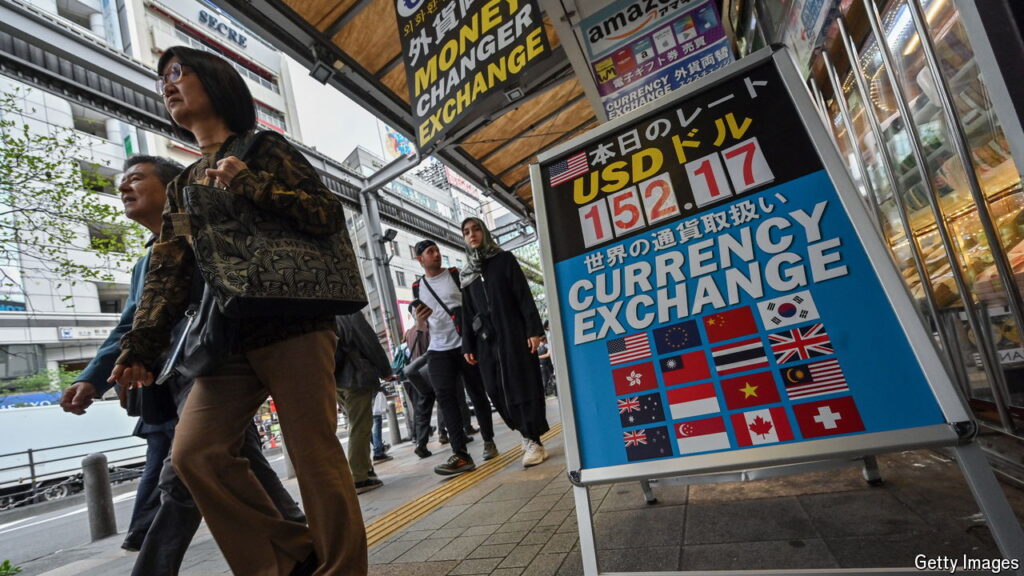The current strength of the US dollar is a result of several factors. Firstly, the American economy has been performing well, with strong growth figures and low unemployment rates. This has attracted investors to US markets, leading to an influx of capital and driving up the value of the dollar. Additionally, there has been a shift in sentiment regarding the Federal Reserve’s monetary policy, with many investors now expecting that interest rates will remain steady or even increase in the near future. This has further boosted the dollar’s value against other major currencies.
The dollar’s recent appreciation can be seen in its 4% rise against a trade-weighted basket of currencies so far this year. This upward trend is expected to continue, as the underlying economic fundamentals remain strong. Looking ahead, the upcoming presidential election is likely to have an impact on the dollar’s performance. Both Democrats and Republicans are focused on promoting American manufacturing, which could further boost the dollar’s value in the coming months.
In terms of geopolitics, the strong dollar is set to usher in a new era of “strong-dollar geopolitics.” This means that the US is likely to use its strong currency as a tool to advance its foreign policy objectives. A strong dollar gives the US greater leverage in international trade negotiations and allows it to exert more influence on global financial markets. This could have far-reaching implications for countries around the world, as they may need to adjust their own economic strategies in response to America’s dominant position.
Overall, the current strength of the US dollar is a reflection of the country’s economic performance and investor sentiment. With the upcoming presidential election and a renewed focus on American manufacturing, the dollar is expected to remain strong in the near term. This has significant implications for global geopolitics, as the US is poised to leverage its strong currency to advance its foreign policy objectives. As the dollar continues to rise, countries will need to adapt to this new era of strong-dollar geopolitics and navigate the changing dynamics of the global economy.



